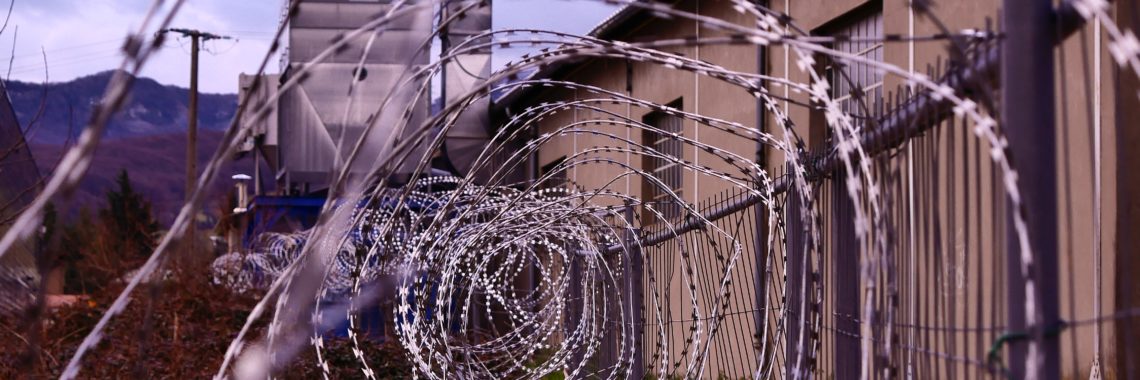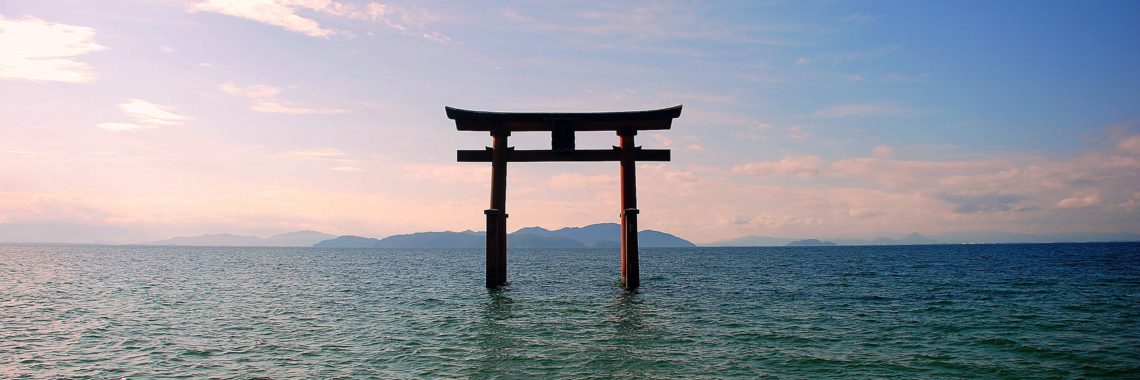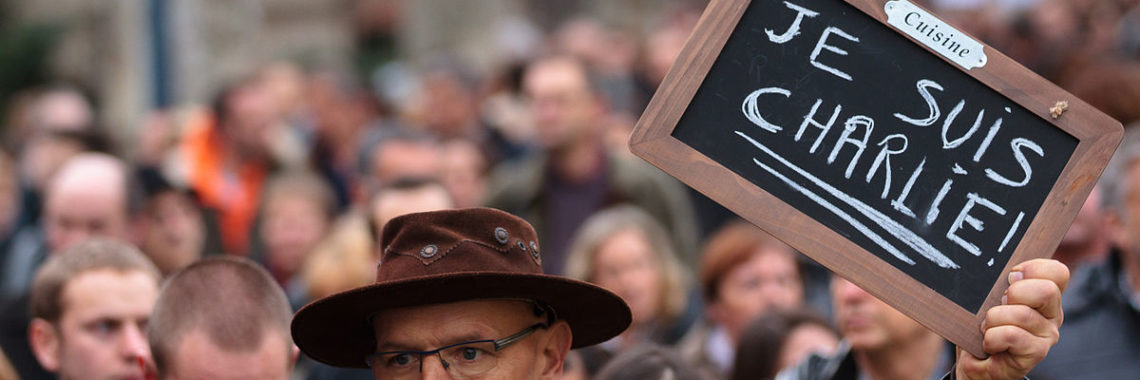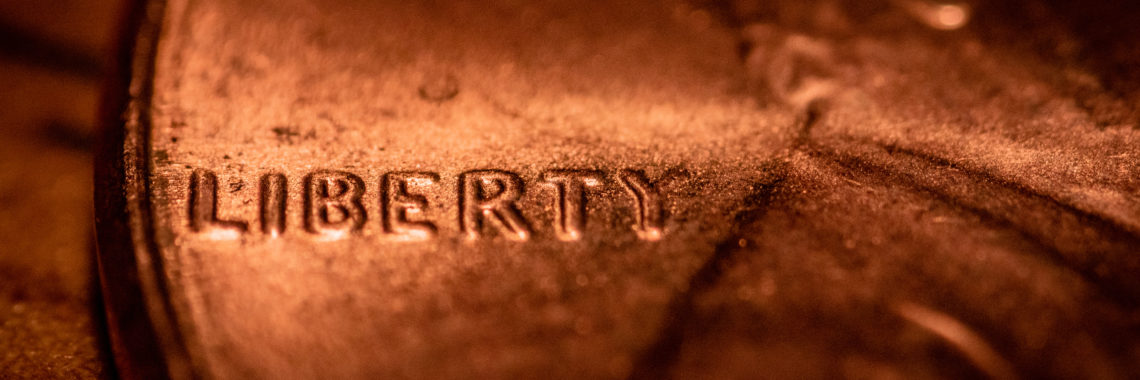“If God is a God of Redemption, Should Government Get in the Way?” by Teri Thompson
Image adapted from Wikicommons by DhLeaks44 / CC BY-SA 4.0 “If God is a God of Redemption, Should Government Get in the Way?” Teri Thompson If the greatest sinner on earth should repent at the moment of death, and draw his last breath in an act of love, neither the many graces he has abused, nor the many…






